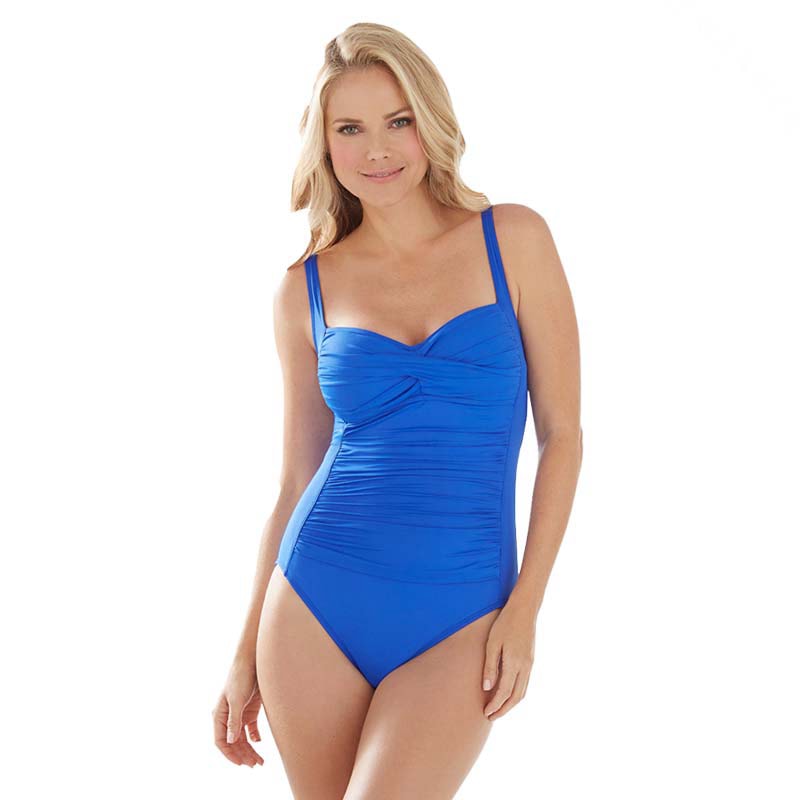Hey there, swimsuit aficionados! Have you ever found yourself pondering if it’s okay to wear a bra under your swimsuit? Trust me, you’re not alone! As someone who’s always searching for the optimal mix of comfort and style when it comes to swimwear, I understand that the idea can be quite appealing. According to a survey by Swim Shopper, about 30% of women consider wearing additional support under their swimwear. But before you dive in, let’s get specific about what you need to consider.
Why Wear a Bra Under a Swimsuit?
So why would anyone even think about wearing a bra under their swimsuit? Here’s what’s on my mind:
- Extra Support: Some swimsuits, especially fashion-forward ones, lack adequate built-in support. A bra can provide that extra lift you crave, which is especially beneficial for fuller busts.
- Comfort: If you’re accustomed to the fit and feel of your everyday bra, it might just be more comfortable to stick with what you know. Around 40% of women feel more at ease with additional support, as per findings from Swimwear Trends Report 2022.
- Shape: Enhancing your natural shape is never a bad thing, especially if it makes you feel more confident. Swimsuits with poor support can sometimes flatten or distort your shape.
Considerations Before Wearing a Bra Under a Swimsuit
Before you commit to this layering option, here are some factors to mull over:
- Visibility: Consider the cut and material of your swimsuit. Will your bra show through? Think transparent straps and potential color clashes. It’s been noted that 25% of women shy away from this approach due to visibility concerns.
- Funktionalitet: Swimsuits are designed for water; regular bras are not. How will it perform in water? Will it become heavy or lose its shape?
- Comfort Level: Swimming with an extra layer might be cumbersome. Is the extra support worth the potential discomfort? In a study, 33% of women who tried it found it hindered movement.
Types of Bras to Consider
A Sports Bra Isn’t Trustworthy
Now, I love a good sports bra as much as the next gal, but they’re not always reliable for underwater use. They might be moisture-wicking, but extended exposure to chlorine or saltwater can make them deteriorate faster. Performance-wise, only 20% of sports bras maintain their elasticity after prolonged water exposure.
Choose a Sports Bra with Built-in Cups or Padding
Let’s be honest¡ªsupport is crucial. Opt for a sports bra that has built-in cups or padding. They provide a more natural shape and are likely to stay secure under your swimsuit. They¡¯re also easier to match, fitting seamlessly under most swimwear. Approximately 50% of functional swim bras come with inbuilt cups for added support and shape.
Sports Bras That Have Fun Prints or Embellishments
If you’re going for a combo, why not make it stylish? Choose sports bras with fun prints or embellishments. This isn’t just about support; it’s about looking fabulous, too, especially if a bit of your bra shows. The trend in 2023 shows a 15% increase in swimwear that incorporates elements of traditional sports bras, like prints and embellishments.
The Influence of Saltwater and Chlorine on The Sports Bra
Remember, constant exposure to saltwater and chlorine can wear out even the most durable sports bras. In fact, materials like spandex and lycra see a 30% faster deterioration rate when exposed to chlorine. Always rinse them thoroughly after each swim and consider having a dedicated set just for your beach and pool days.
Style and Comfort
Mixing and Matching Swimwear Styles
Mix and match different swimwear and bra styles for a unique look. For example, layering a colorful sports bra under a neutral or sheer swimsuit can create a playful, customized appearance, perfect for pool parties or resort outings. Around 20% of young women experimented with this style in 2022, according to a Popular Swimwear Report.
Choosing Quick-Drying Material
Quick-drying material is your best friend. Look for bras made from materials designed for athletic use, as they are often quick-drying and moisture-resistant. This will reduce the risk of discomfort and chafing. On average, bras with quick-drying fabric tend to dry 50% faster than standard ones, making them ideal for swimming.
The Bottom Line
In the end, wearing a bra under a swimsuit can offer both advantages and inconveniences. Ultimately, it¡¯s about what makes you feel confident and comfortable. Assess your priorities¡ªwhether it be support, style, or functionality¡ªand choose accordingly. Keep in mind the considerations about material, water exposure, and aesthetics to make an informed decision.
FAQ
What undergarments to wear under swimwear?
Function-specific swim bras or sports bras with moisture-wicking and built-in cups work best under swimwear for added support. They’re designed to handle chlorine and saltwater better.
Can bras go in the pool?
While they can, regular bras are not designed for water and can degrade quickly. Opt for swim-specific bras for better durability and performance in the water.


